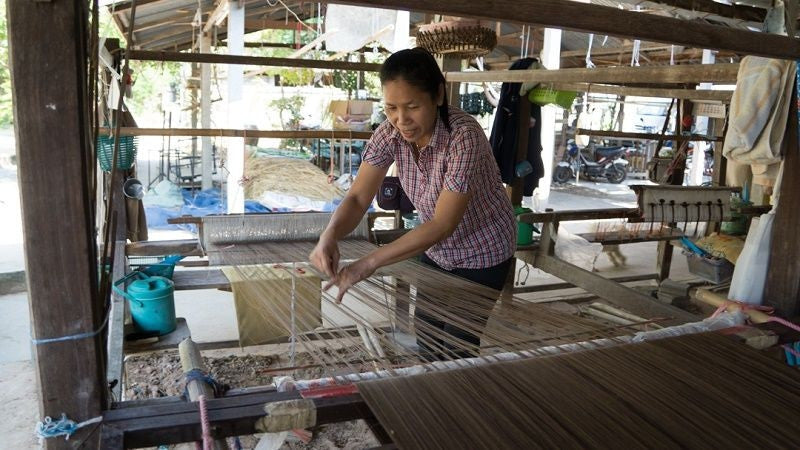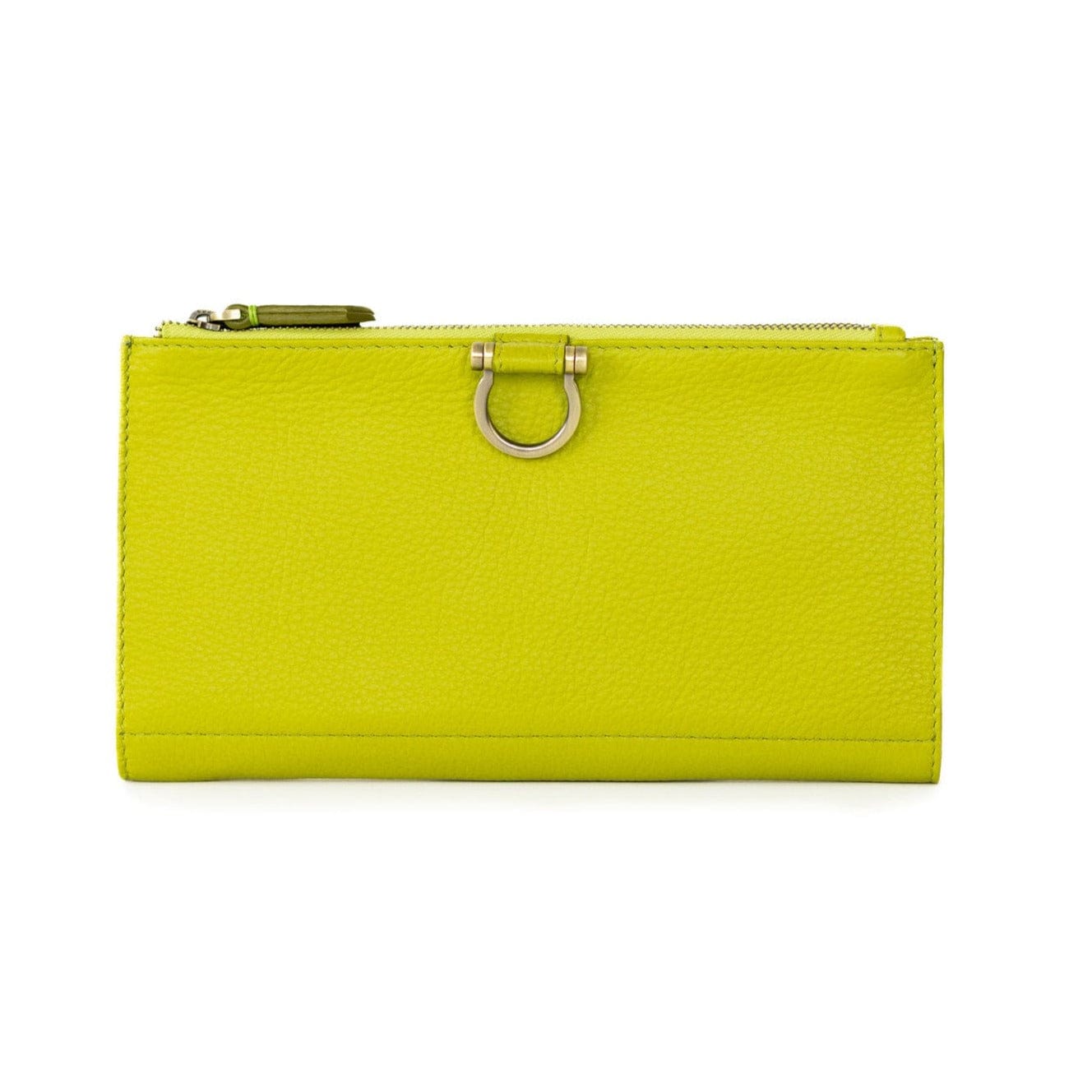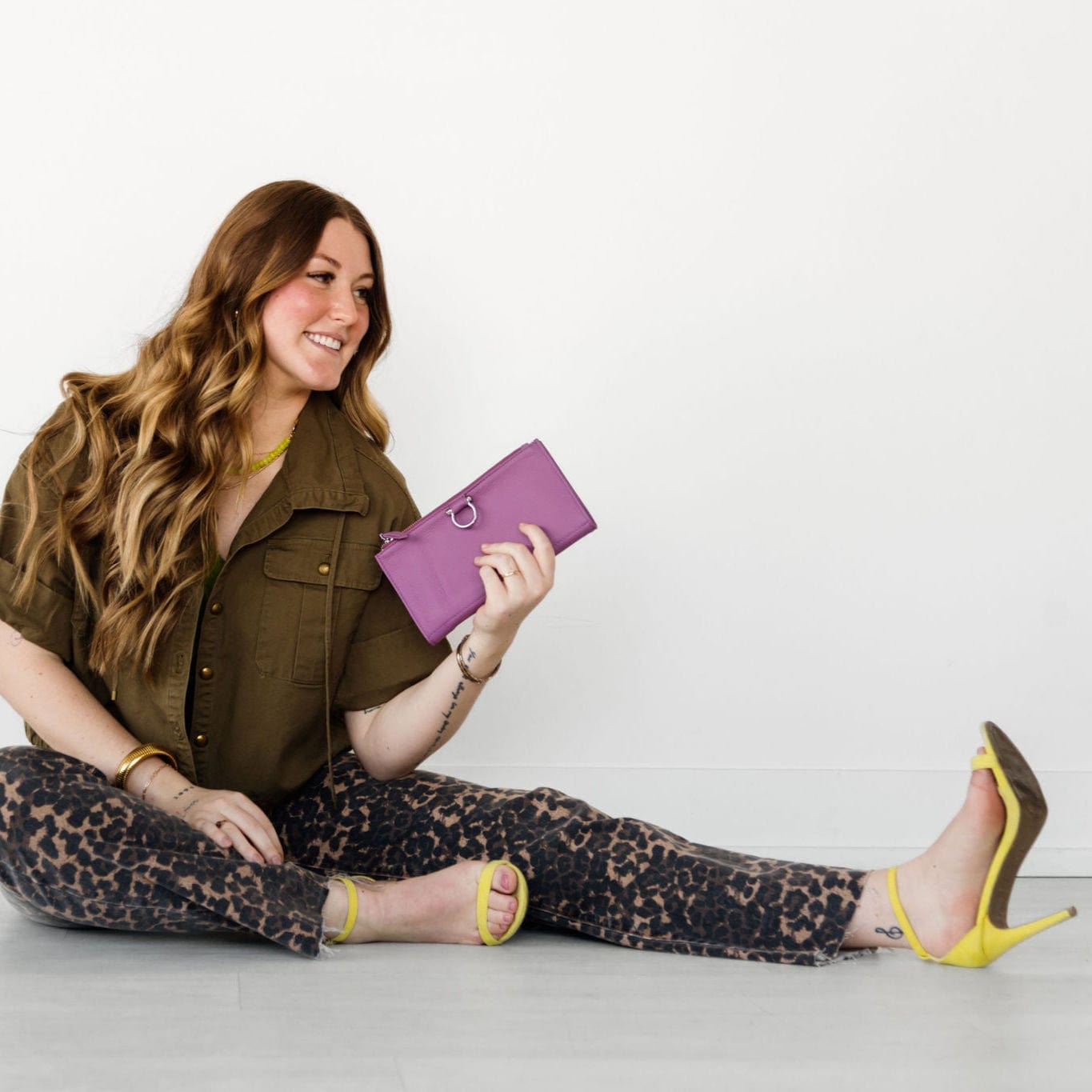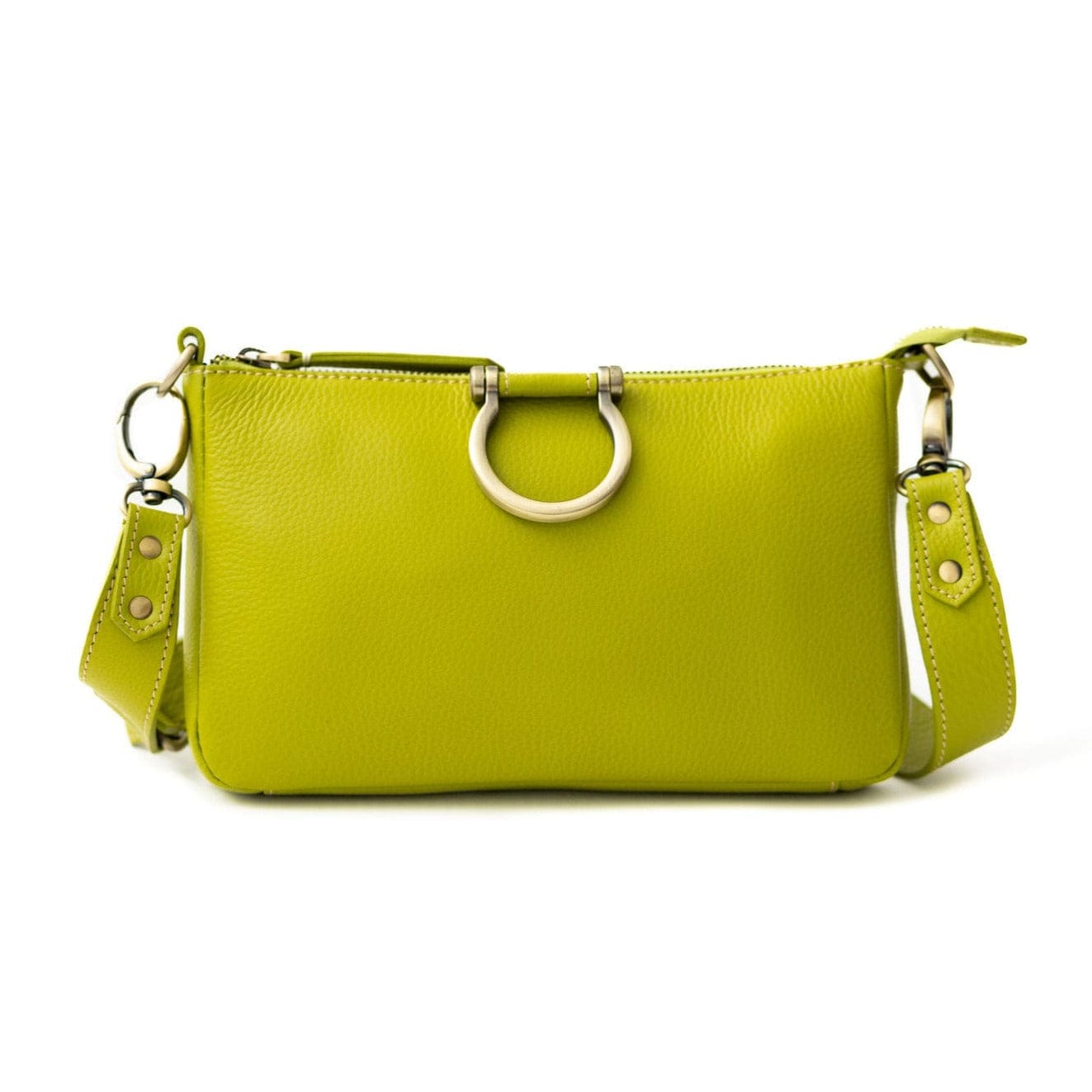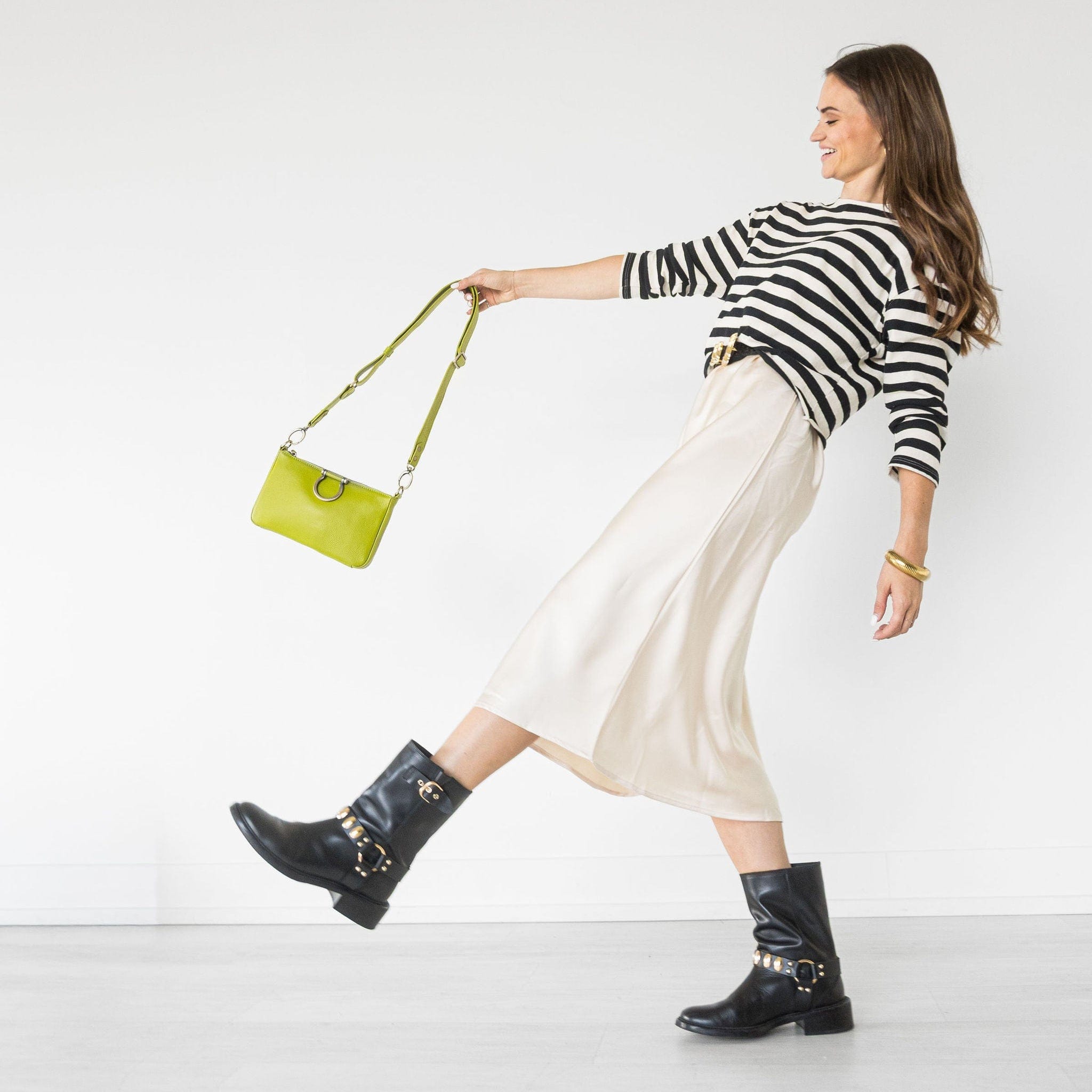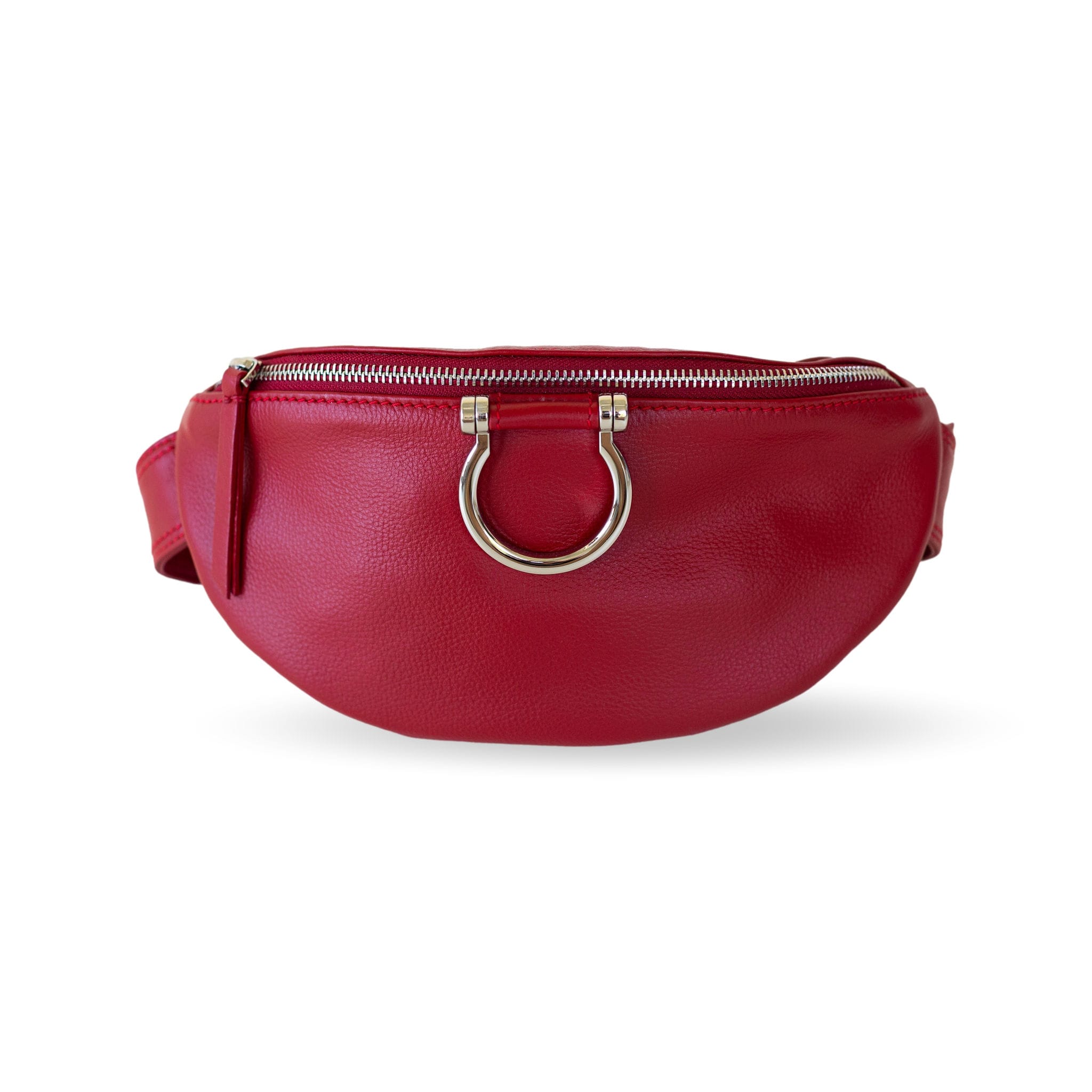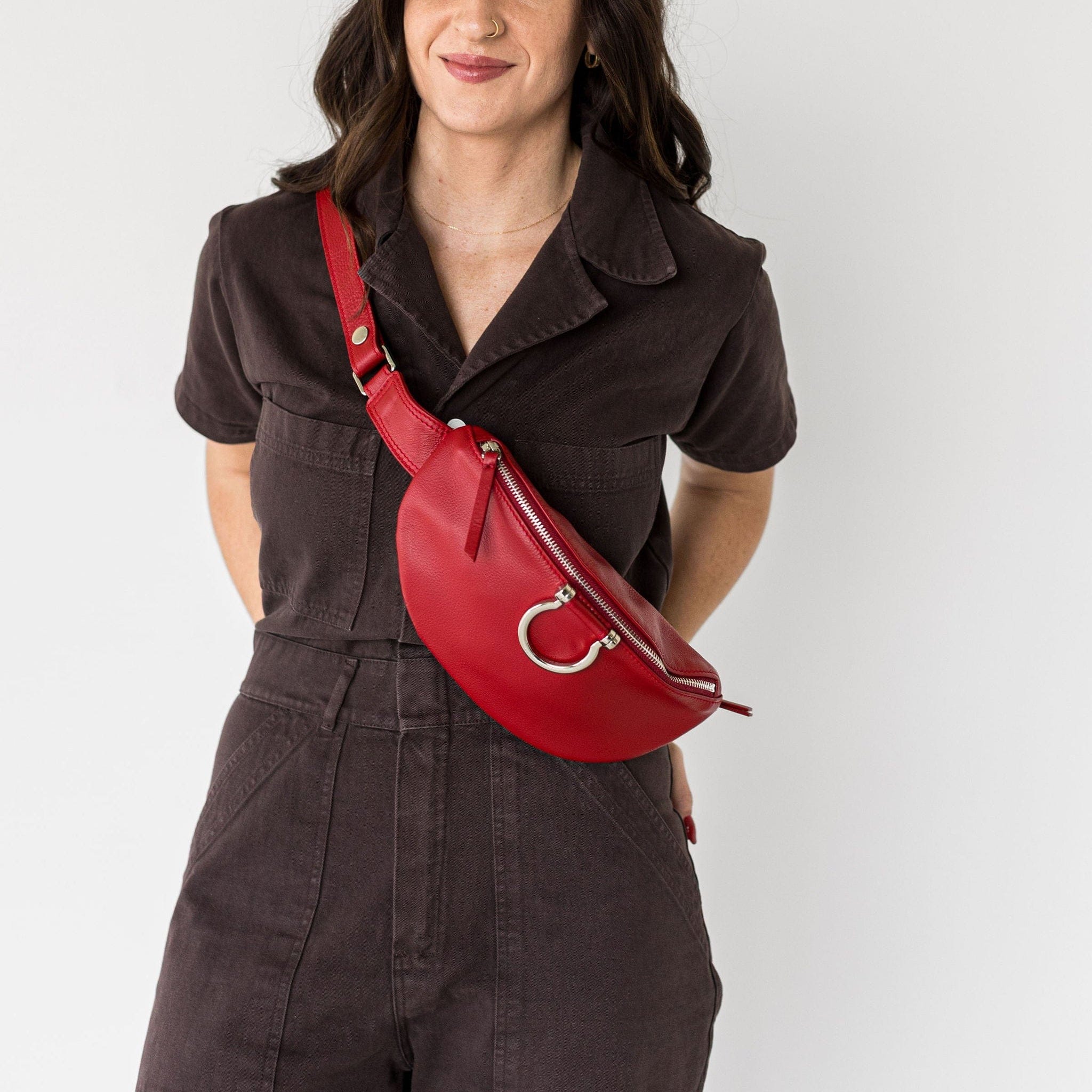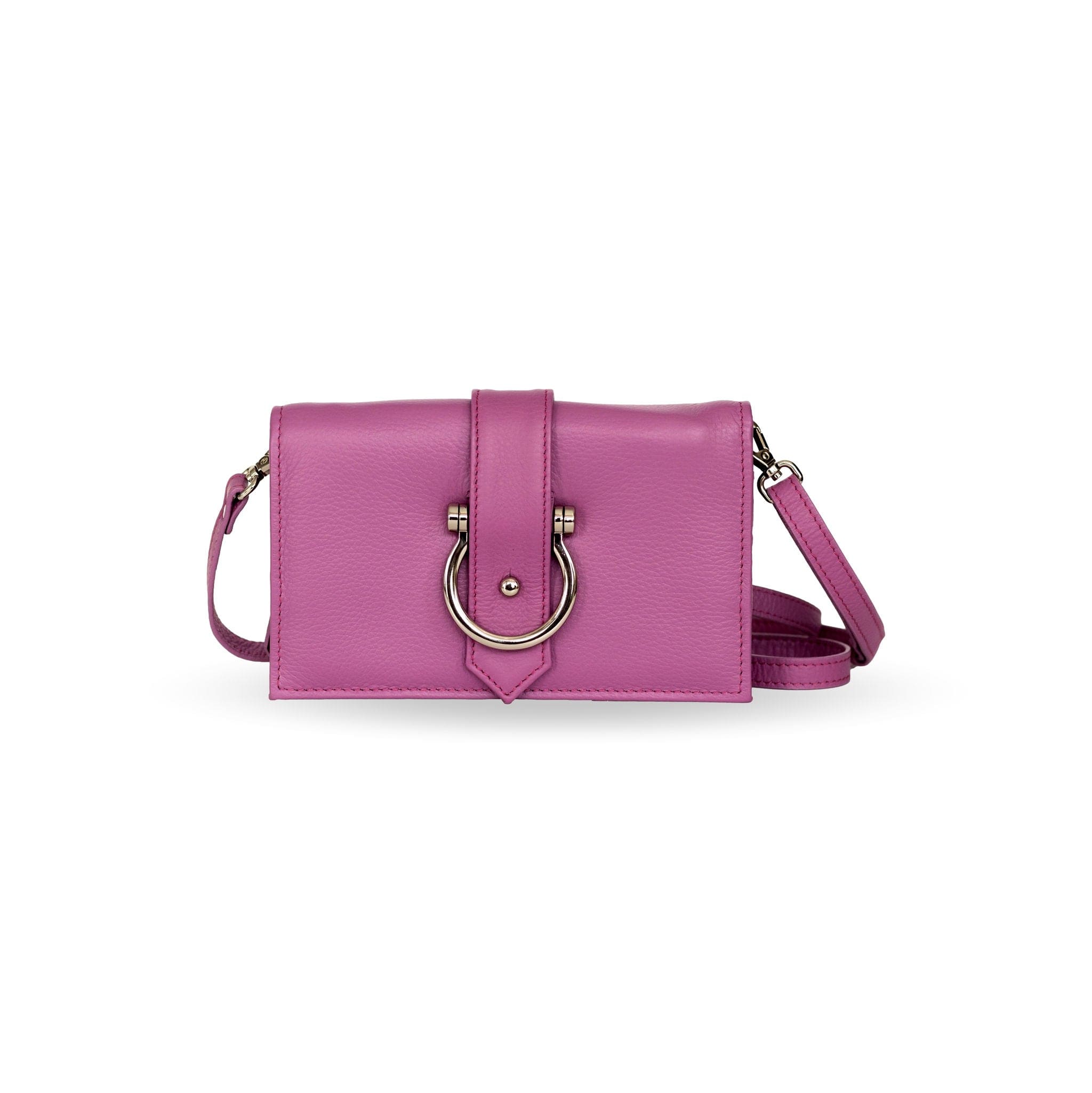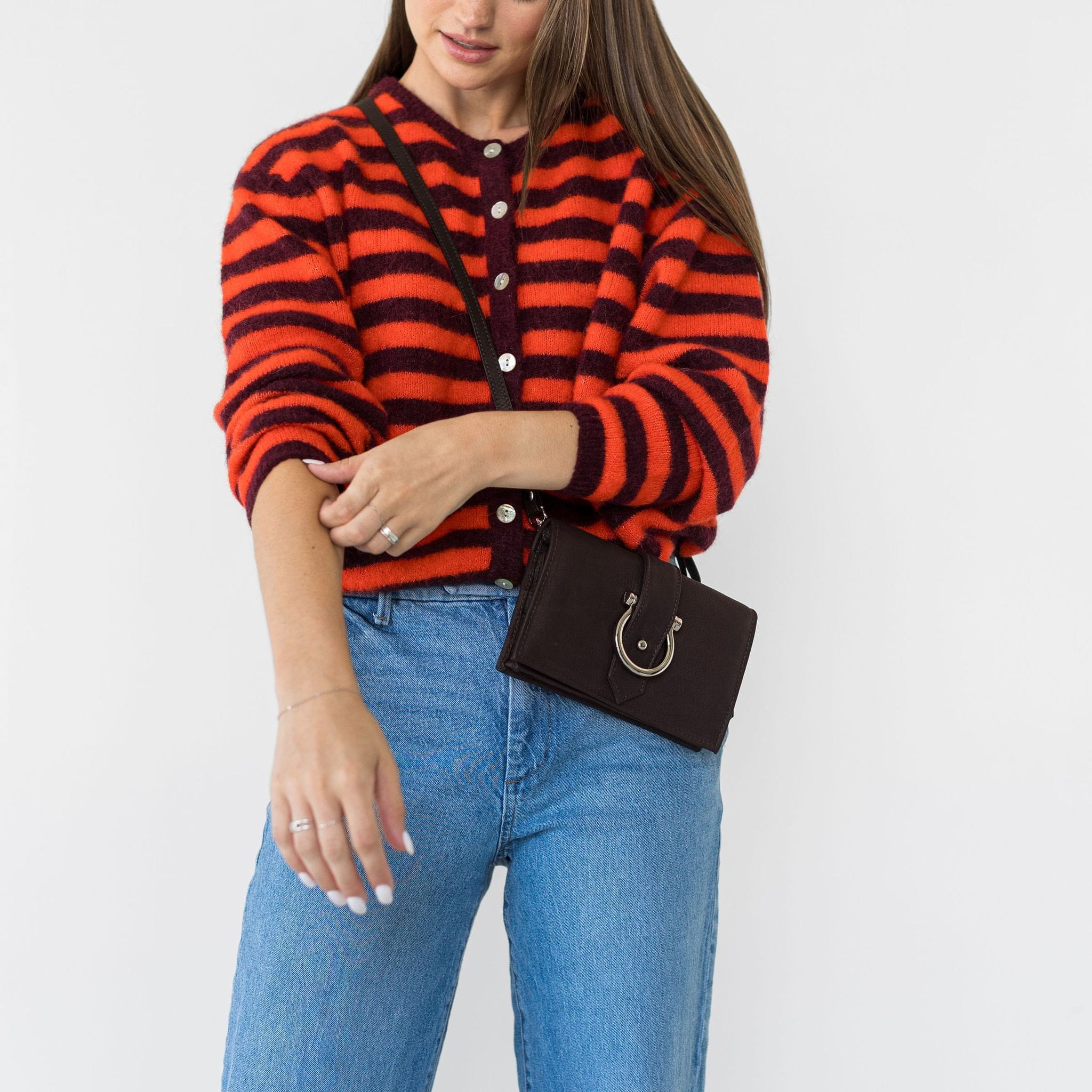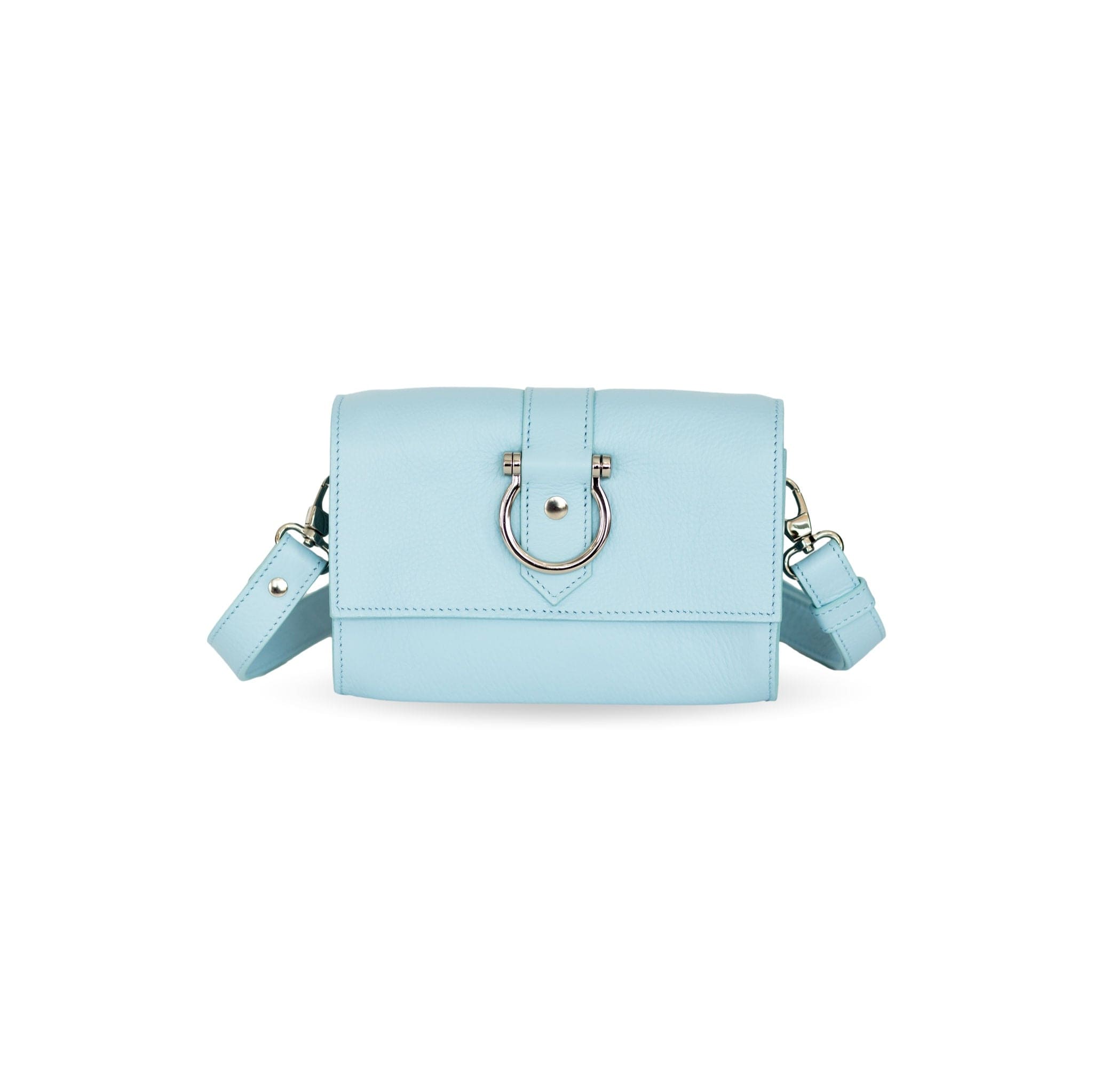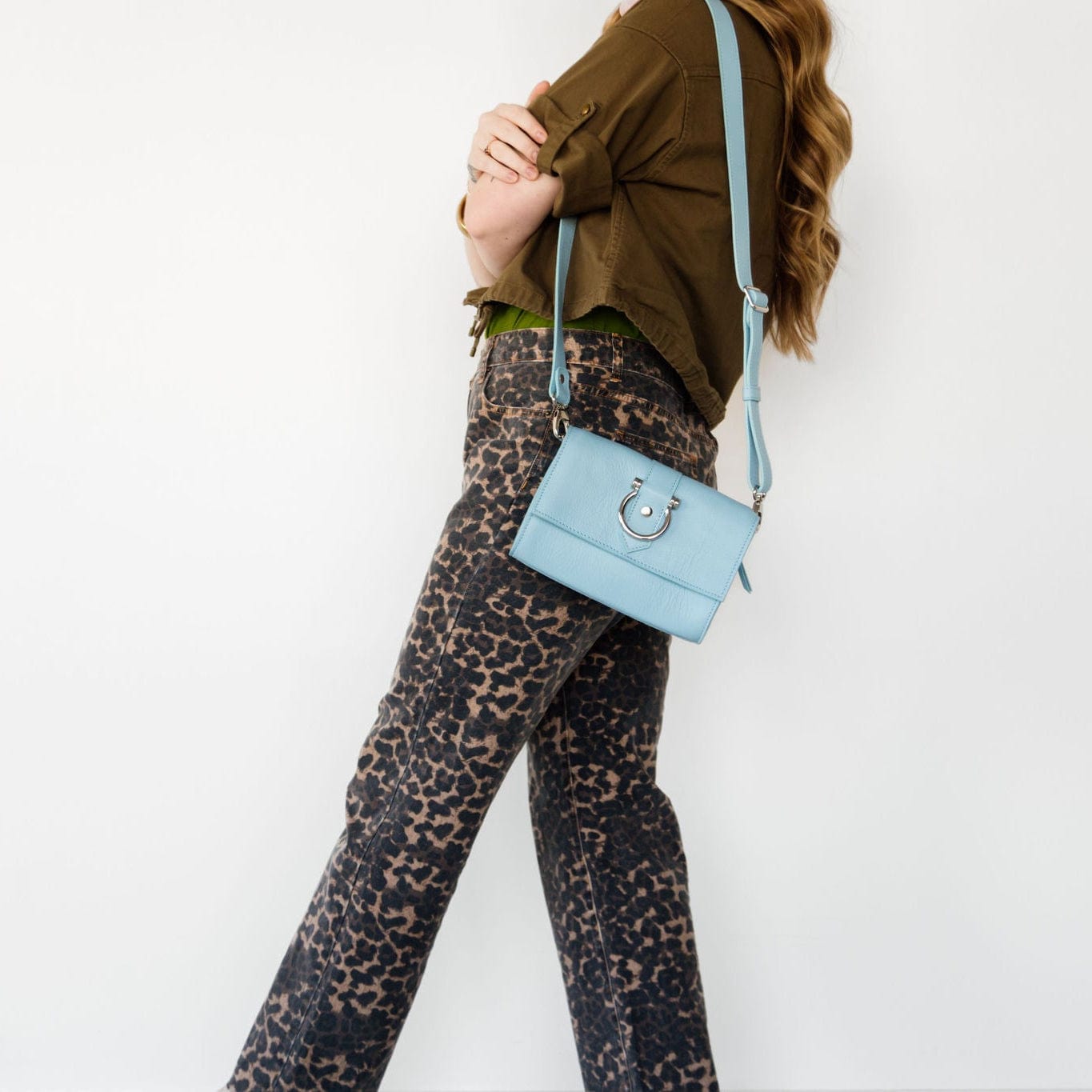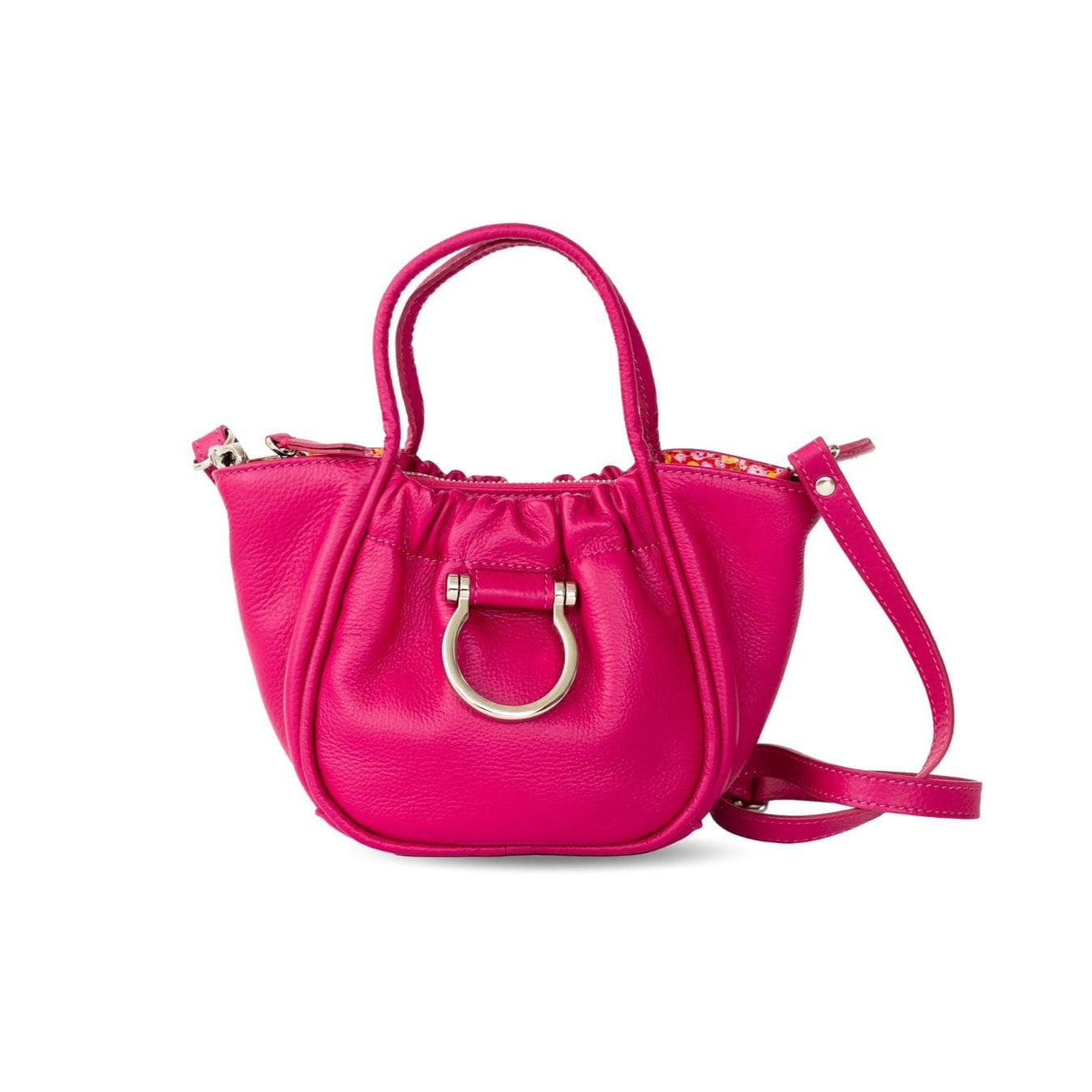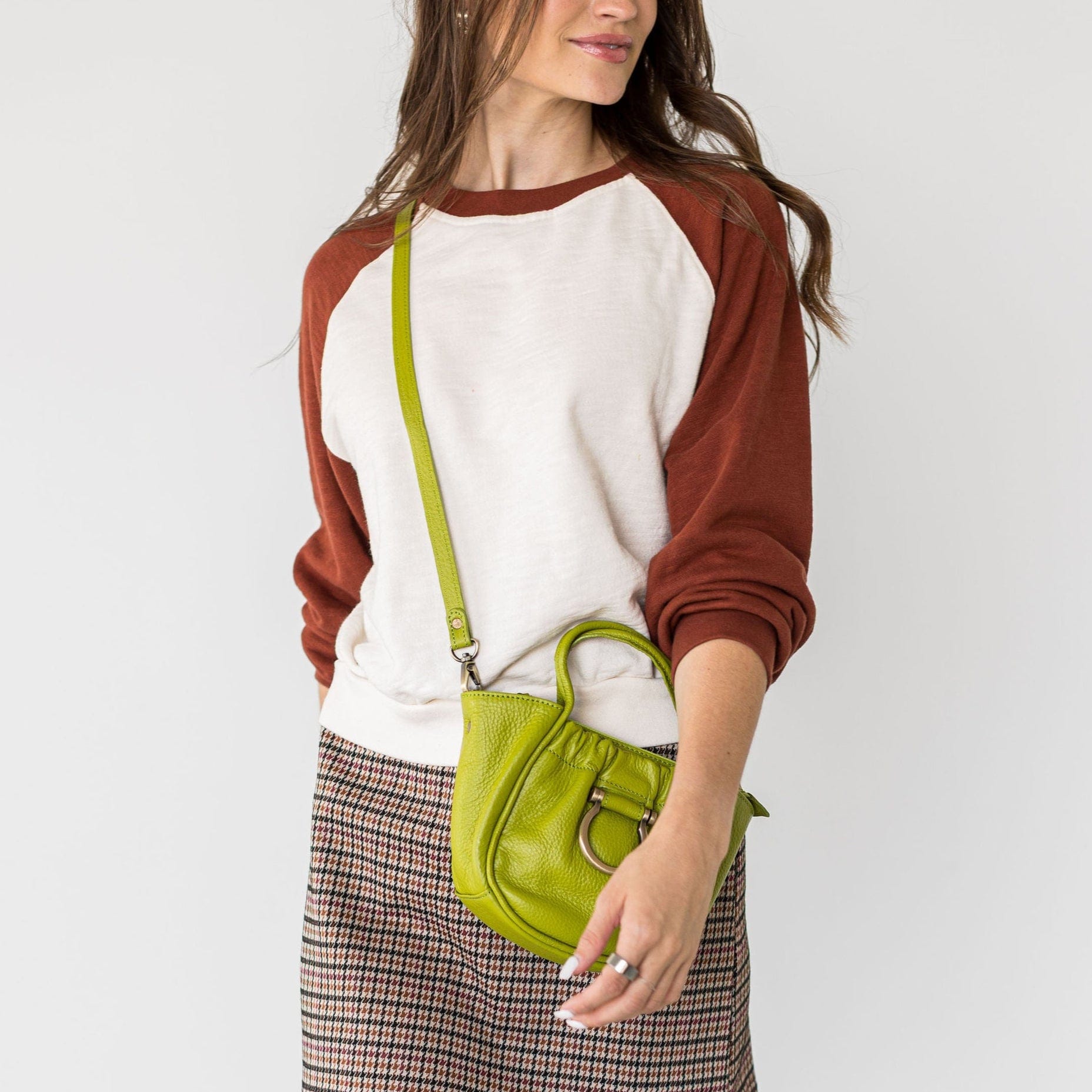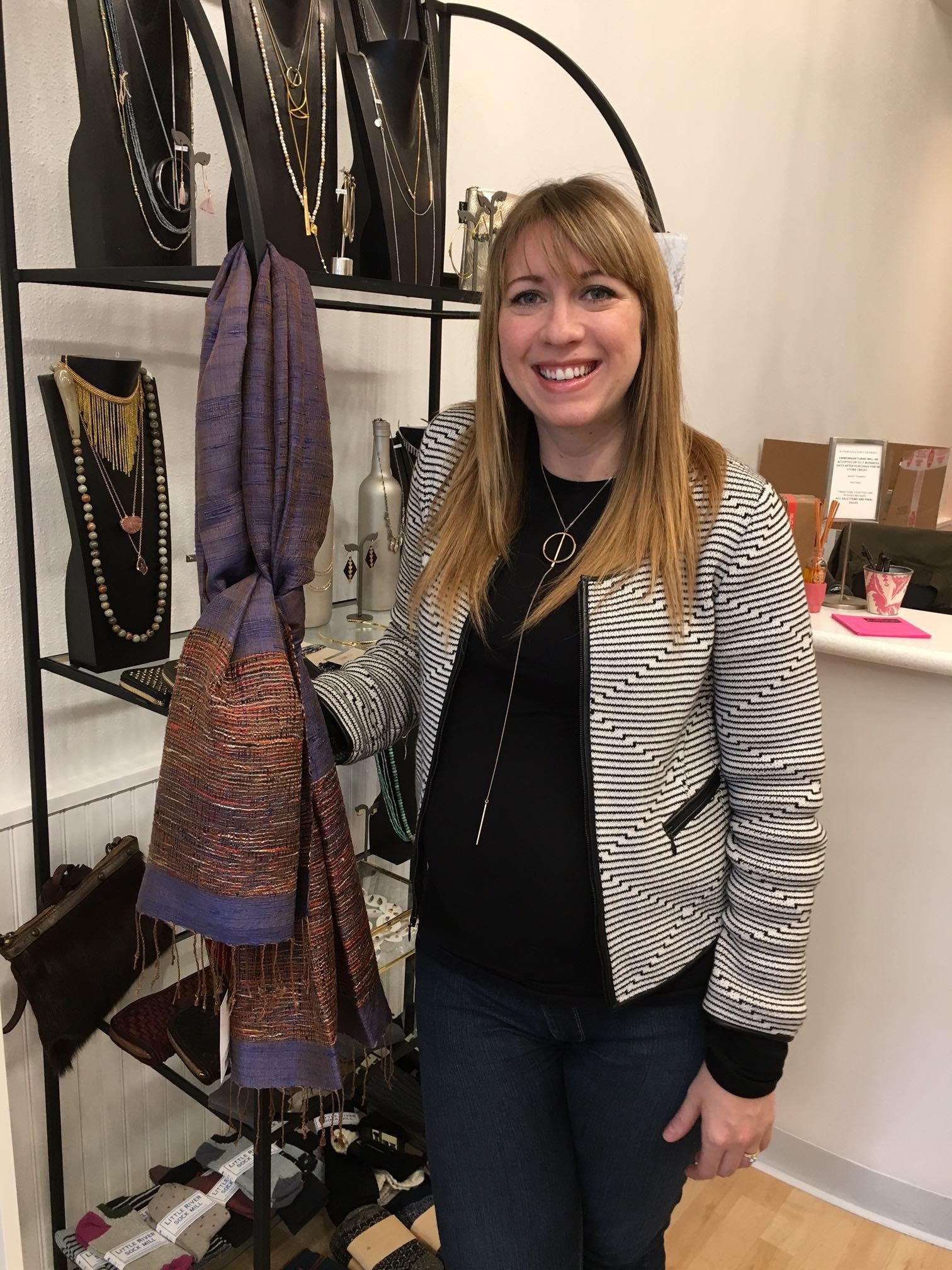We’ve all heard the buzzwords: consciousness, sustainability, transparency...but how are these words supposed to impact your fashion choices? What are the benefits of buying fair trade, ethical fashion instead of fast fashion, and why does it matter who you purchase from in a world that is driven by instant gratification?
We get it. Where your clothing, jewelry, or purses comes from can seem (literally) a world away. It’s hard to imagine how your scarf went from being simple threads of fiber, to hanging from a display in your local boutique, to draped around your neck. There’s a sense of dissociation from the beginnings of our clothing and accessories that, for many, feels unbridgeable. For companies that manufacture items quickly and cheaply, the people who made that beautiful silver bracelet or go-to shawl are all but invisible; artistry is not appreciated, and workers toil over each stitch in a designer bag while being treated like a machine, rather than a person.
Recently, there’s been a cultural demand for “slow fashion” that’s ethically and sustainably sourced as well as unique and beautiful. Great fashion needs to tell a story, and knowing that story is worth far more than a cheap thrill found at the mall; that story is part of the appeal of ethical fashion, helping you to connect your purchase back to the hands that crafted it. Sometimes a “good deal” just doesn’t seem good enough. Sometimes, these good deals are, in fact, specifically exploitative, taking advantage of talented artisans without rewarding them for their work and dedication.
So why buy fair trade? Here are just a few reasons.

Wear a Work of Art
When you buy a piece from Sapahn, you’re wearing something steeped in artistry and history. From the ancient craft of making silver jewelry to the centuries-old craft of harvesting and spinning silk, there’s a unique touch to every piece.
Stand out from your friends and don’t get caught carrying the same bag as everyone else! A beautiful story behind your fashion is just as valuable as the beautiful bag itself! Instead of following lackluster trends and buying something mass produced by a machine, there’s something more personal at stake when you purchase a purse or necklace made from a skilled artisan, something you know is supporting another person’s livelihood fairly.
At Sapahn, each piece tells a different story — like how the natural dyes in a mud scarf tell the story of a river, a woman, an artist, and the intricate practice by which it was made. Nature and human craftsmanship work together, resulting in a piece that tells both the story of the artists who make it and you, the women who wears it. And you have to admit, that’s something special.

Minimize Waste
Fast fashion can seem like a bargain at the time, but not for our gal Mother Earth. According to the New York Times, Goodwill received 163 million pounds of clothing and other home items last year, and that doesn’t account for all the damaged clothing that Goodwill can’t sell. And what about the textile waste that ends up in the landfill? The Textile Recycling Association cites that, in 2013, a little over 15 million tons of textile waste landed in the dump or was incinerated. That’s the weight equivalent of about 350 average-sized trucks.
These stats weigh heavy on the brain, but also the earth. Where fast fashion fails to withstand the test of time for fashion and function, ethical fashion is well-designed for long-term wear as a classic fashion statement.
Think about the idea of an heirloom - an object of quality that maintains its quality and value, and a treasure passed town from grandmother to mother to daughter. Not only are they valued for beauty and sentiment, but such objects are revered for their staying power. Sapahn is creating a whole new generation of heirlooms which are both environmentally sustainable, but cherished.

Create a Bridge
A factory in a third-world country and a boutique in Nebraska seem like two different worlds, and yet the same piece of jewelry or handbag travelled from here to there. How do we know if the artisan who made it is making a living wage, working reasonable hours, or even taking pride in the product they created? We can see and appreciate handcrafted details on our bags, but did those details actually come from a machine, or from caring human hands? Many of these questions go unanswered when you’re shopping conventionally. Those stories get lost in the shuffle.
A beautiful leather crossbody bag from Sapahn has a story you’ll love to tell again and again. It was carefully crafted by local Thai artisans; the bag was tanned and dyed at a local tannery in central Thailand, the lining was painstakingly selected in Bangkok, and the final product was cut and sewn by hand by craftsmen and women in rural communities who see each product as a work of art, not just a means to an end. As the leather ages, it grows softer and more beautiful, travelling with you wherever you wander.
A gorgeous, minimal silver bib necklace that miraculously goes with everything tells another story - that of a man who learned the meticulous art of silver jewelry making from his father. It tells the story of the Karen Hill tribe, who see the piece you’re wearing not just as lifeless process and production, but alive with creativity and heritage.
Somehow, the world doesn’t seem so vast anymore.

Show Your Support
Ever wonder why that top or that ring only costs a measly three dollars? Somewhere along the line, the economics just don’t make sense. We’ve all heard horror stories of factory workers getting paid a pittance to manufacture low-quality clothing and jewelry, and here at Sapahn, artisans determine their wage, giving them autonomy and a voice in the entrepreneurial process.
The old saying rings true: sometimes you get what you pay for. That beautiful leather tote dyed a deep gray that works with casual jeans and sneakers or a dressed-up professional look? That tote was not only made by hand by skilled craftspeople, but these artisans also get to practice their craft on their terms and earn a fair living wage. That’s what fair trade is all about: a mutually beneficial deal. A classic piece that will last you years and years also gives a job to a woman artisan thousands of miles away. You may never meet, but you’ll share a bit of her livelihood. That’s something to be proud of.
All of Sapahn’s creations come from Thai artisans we personally know. Many of the women in these rural Thai communities use their skills not just to survive, but to thrive independently and provide for their households. This leads to a happier and healthier community for everyone involved, and every time you purchase a Sapahn product, you empower a woman to use her unique skills and earn a meaningful wage. Instead of purchasing fast fashion, which promotes mass exploitation of people who are being treated like machines, buying ethical fashion ensures that artisans can live a life of dignity and showcase traditions and artistry passed down through generations.
Many cultures use the symbol of weaving as a metaphor for telling stories. In many ways, you’re wearing the story of a place and a person every time you put on a silk scarf woven by Thai women who have passed on the knowledge of dying, spinning, and weaving for generations. In the crafting of a Sapahn piece, you experience that story. Buying fair trade is not only an ethical choice, but it further connects you to your world. Follow the threads that lead somewhere good, threads that make something truly unique and beautiful - because beautiful things make beautiful things.


